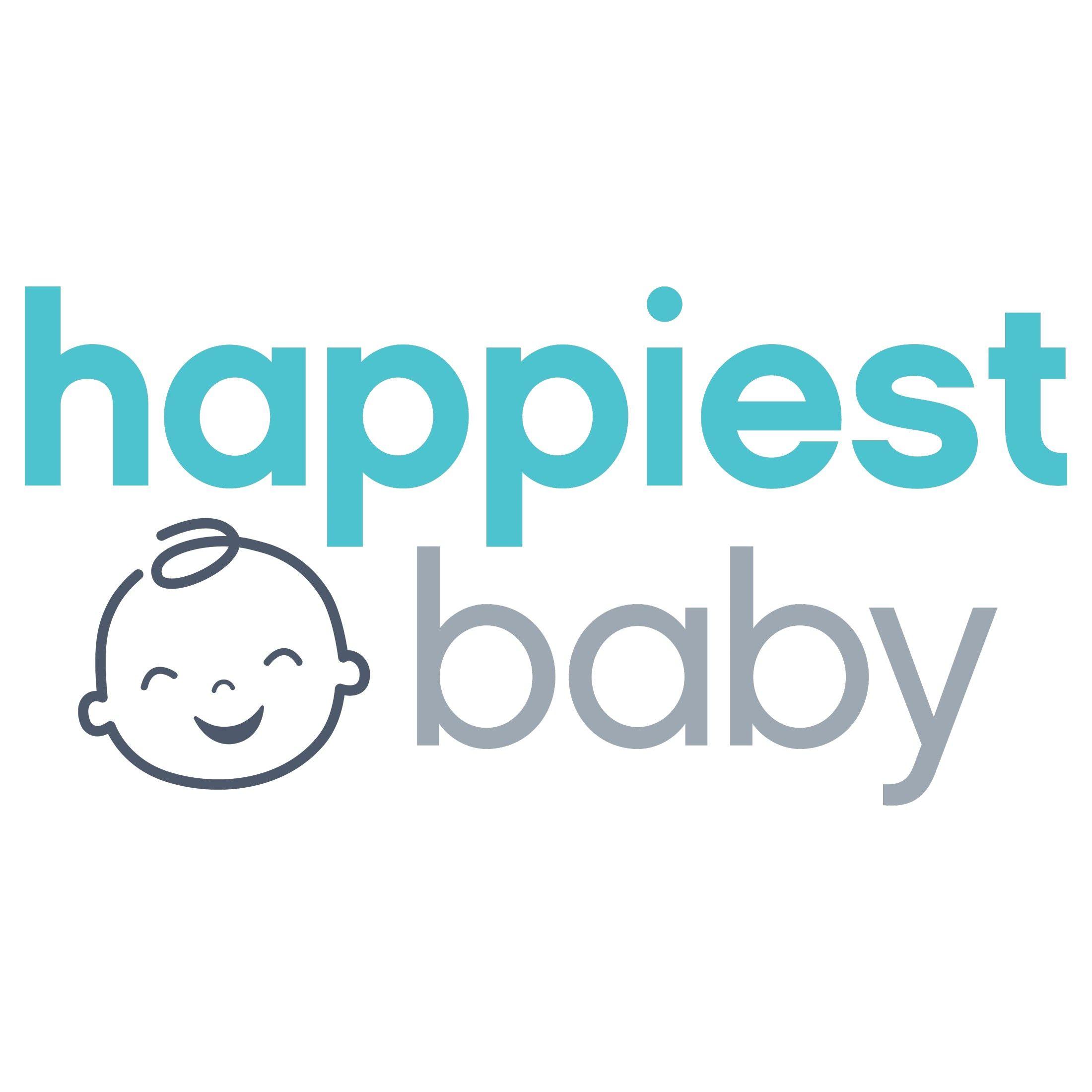BABY
7 Daytime Habits for Better Nighttime Sleep
Preparing your child for a good night’s sleep starts almost as soon as they wake up!

Written by
Happiest Baby Staff

SHARE THIS ARTICLE
PARENT PICKS
Bestsellers
BABY

Written by
Happiest Baby Staff

SHARE THIS ARTICLE
Bestsellers
You’ve drawn the blackout curtains closed. You’ve turned off all screens—and dimmed all lights—an hour before bedtime. You’ve got your bub’s favourite sound machine playing rough and rumbly white noise while you quietly read a bedtime story. All and all, you’ve created a top-notch bedtime routine to help your child get the sleep they need. Bravo! But did you know that preparing your child for a good night’s rest actually starts almost as soon as your baby, toddler, or big kid wakes up? It’s true! Learn all about which daytime habits help improve your child’s nighttime sleep.
Exposure to natural outdoor light during the day—and especially in the morning—works to regulate your child’s sleepytime hormone called melatonin. Experts agree that morning and early afternoon light helps a child’s brain better identify when they should sleep and when they should wake. Specifically, early daylight slows your child’s melatonin production in the morning and increases melatonin output in the evening, which helps to bring on the ZZZs. That’s why research shows that babies and children who spend time outside in the sunshine sleep better than those who don’t. (Learn more reasons to get outside with your child.)
Did you know that a little tummy time helps babies sleep better? Six-month-olds who engage in physical activity, like tummy time, during the day tend to sleep better in the evening than babies who don’t “exercise” as much, according to a study in the journal Infant Behavior and Development. Researchers note that interacting with your baby throughout the day during floor time activities is considered a “workout” for littles, too. If your baby is now a walker, get those tiny legs moving! Research shows that physical activity and outdoor play are associated with favourable sleep outcomes—including spending more time in bed—in older kids, too. On the flip side, reduced physical activity (plus an increase in screen time) is connected to poor sleep. It’s recommended that toddlers clock at least 30 minutes of adult-led running-around time a day and at least an hour of unstructured active free play daily. Besides when they’re snoozing, tots should not be inactive for more than an hour at a time!
While babies can’t go night-night with a lovey until they’re 12 months old, pediatrician Dr. Harvey Karp urges parents to introduce a lovey during daytime hours starting when their little one is around 6 months. Bring it on walks, have it on the changing table, or include the lovey in storytime. This way, your baby will begin to recognise their lovey and connect it with comfort and security, which will eventually translate into sleepytime confidence—and success. In fact, research shows that self-soothing behaviors, like snuggling and caressing a lovey, release the hormone oxytocin, which brings on calm.
To get your child’s lovey primed to become their BFF, for about a week, wear or hold it every day for at least an hour before you hand it over to your baby. Your scent will transfer to the lovey, making it extra soothing. Plus, your smell creates the illusion that you’re right there. Dr. Karp's favourite lovey? SNOObear. Beyond being a cuddle friend, SNOObear plays sleep-inducing white noise and “listens” to your bub while they sleep. That means, if your little one cries or fusses during the night, SNOObear turns back on to play more soothing sounds, further building independent sleeping.
Contrary to popular belief, exhausted babies don’t fall asleep faster—nor sleep better—at night. Once a baby is overtired, their fight-or-flight response is triggered, unleashing the hormone cortisol that keeps babies alert and decidedly not calm and not ready for sound, restful sleep at bedtime. The solution? Making sure your little one gets the naps they need when they need them.
After the first months, a good daytime sleep goal is to put your baby down to nap about every two to three hours during the day. By your baby’s first birthday, that changes to every three to five hours. Also important: Make sure kids wake up from their last nap about three hours before bedtime and cap naps at two hours. That means waking your baby if they’ snooze any later! Long naps mean less eating during the day...and that leads to more hunger—and wakeups—at night.
If your tot is over 2 years old and can wait patiently for at least one minute, they’re ready to learn Magic Breathing, which is a soothing deep breathing exercise especially designed for children. Kids who know to do Magic Breathing are better able to regulate their emotions, resulting in calmer days and calmer bedtimes. To start, lead your child through a couple of fast breaths (two counts in, two counts out) and make a little whooshy sound as the air flows in and out. As you both breathe in, let one hand slowly rise, then on the exhale, allow it to slowly drop. Praise your child with “good breathing!” and narrate how your body feels while you’re doing this. (“Mummy’s shoulders are so much looser when we do our Magic Breathing.”) Practise daily when your child is already relaxed, like before a nap, and gradually lead them through more and slower breaths, aiming for at least five breaths at a sitting. For extra help, enlist SNOObie Smart Soother, which comes equipped with Magic Breathing tracks that synchronise light and sounds. (Starting with the Fast Magic Breathing and working up to the deeper, slower breathing in the Slow Magic Breathing track.)
“Getting into a predictable daily rhythm has been shown to be good for your baby’s sleep,” says Dr. Karp, noting that you can get on a regular sleep schedule when your baby is around 1 month old. While daily routines will naturally evolve as your child grows, doing the same thing every day has been shown to lower stress levels, increase confidence, and build a child’s sense of security—all of which bode well for sleep success. When building your child’s daily routine, be sure to map out recurring times for meals and snacks, outside time, naps, quiet play, and more.
Breastfed newborns need to eat at least 10 to 12 times a day—and if your little one isn’t getting enough, they’ll surely let you know all night long! To help keep your baby full and sleeping at night, feed them every 1.5 to 2 hours during the day for the first few months. If your napping baby is still snoozing at the two-hour mark, wake them up for a feed. Both of these during-the-day actions should help your baby get longer stretches of sleep at night, says Dr. Karp. (Learn about daytime formula feeding here.) Other eating-for-sleep ideas:
***
REFERENCES
Disclaimer: The information on our site is NOT medical advice for any specific person or condition. It is only meant as general information. If you have any medical questions and concerns about your child or yourself, please contact your health provider. Breastmilk is the best source of nutrition for babies. It is important that, in preparation for and during breastfeeding, mothers eat a healthy, balanced diet. Combined breast- and bottle-feeding in the first weeks of life may reduce the supply of a mother's breastmilk and reversing the decision not to breastfeed is difficult. If you do decide to use infant formula, you should follow instructions carefully.